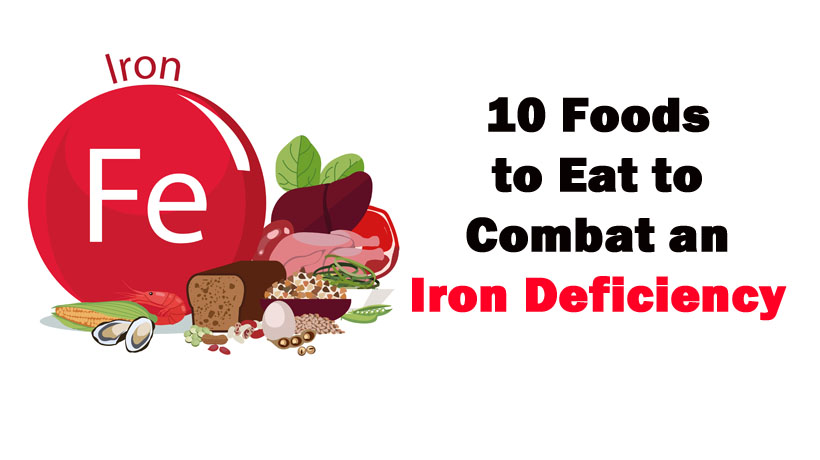Iron deficiency is the most common nutritional deficiency in the world, especially amongst children and pregnant women. And that’s a big problem because our bodies use the mineral in numerous important roles every day.
Iron produces the hemoglobin in red blood cells, which then carry oxygen throughout the body––from our lungs to our muscles and other organs. Hemoglobin also carries carbon dioxide from other parts of the body to the lungs, so we can exhale it out of our system. Additionally, the body needs iron to make some hormones and connective tissue.
Women between ages 19 and 50 should aim to get 18 milligrams of iron per day. When pregnant, the suggestion surges to 27 milligrams because you must deliver oxygen to both yours and the baby’s organs. Women over 50 need less iron—only 8 milligrams per day—because less is required after menopause.
If you suspect that you might be lacking adequate amounts of the essential nutrient, learn these 6 Signs of Iron Deficiency You Should Never Ignore and read our list below to discover the foods that are rich in iron.
Shellfish
Bivalve mollusks like clams, mussels and oysters are filled with iron (and also zinc and vitamin B12). The iron found in shellfish is heme iron, which your body can absorb more easily than non-heme from plants. If you don’t love shellfish or have an allergy, more common fish—like salmon and tuna—have some iron, although not as much as mollusks.
Spinach
Raw and cooked spinach are both great sources of iron, although cooking spinach helps you absorb nutrients more easily. Spinach is also rich in vitamin C, a nutrient that significantly boosts iron absorption.
Organ meats
Although organ meats are less of a delicacy than they once were, they’re actually quite nutritious. Organ meats like liver and giblets are great sources of iron. The most commonly consumed organs come from cows, pigs, lambs, goats, chickens and ducks.
Legumes
Legumes are an excellent source of iron, especially for vegetarians who can’t get the mineral from fish, meat and poultry. Some of the most common types of legumes are beans, lentils, chickpeas, peas and soybeans.
Pumpkin or sesame seeds
Pumpkin and sesame seeds provide a simple iron boost to an assortment of meals. Add the seeds to bread or muffins, or use them as toppings on yogurt, cereal or salad. Or even try them alone for an easy and healthy snack.
Poultry
Most of the iron supplied by poultry is heme iron, which means it’s easy on the body. Choose dark meat turkey for the best iron supply from poultry.
Tofu
Tofu is a soy-based food that is popular among vegetarians and in some areas of Asia. An average portion of tofu supplies about one fifth of the daily recommended iron intake.
Dark chocolate
Dark chocolate is not only satisfying as a dessert, but a good sweet to eat if you’re trying to up your iron intake.
Fortified breakfast cereals and breads
Opt for a fortified version of cereal or bread to start your day off right with a dose of iron. Check the nutrition label for the amount of iron per serving. Some brands offer 90 to 100 percent of the daily recommended value!
Red meat
Last but not least, red meat is arguably the single most easily accessible source of heme iron. In one study looking at changes in iron stores after aerobic exercise, women who consumed red meat retained iron better than those who took supplements.
Sources:
https://www.healthline.com/health/food-nutrition/foods-high-in-iron#2
https://www.healthline.com/nutrition/11-healthy-iron-rich-foods
https://www.womenshealthmag.com/food/a19981851/iron-sources/
https://www.everydayhealth.com/pictures/foods-high-in-iron/#01
https://ods.od.nih.gov/factsheets/Iron-Consumer/#h2
https://www.healthline.com/nutrition/organ-meats
https://www.ncbi.nlm.nih.gov/pubmed/1442656



